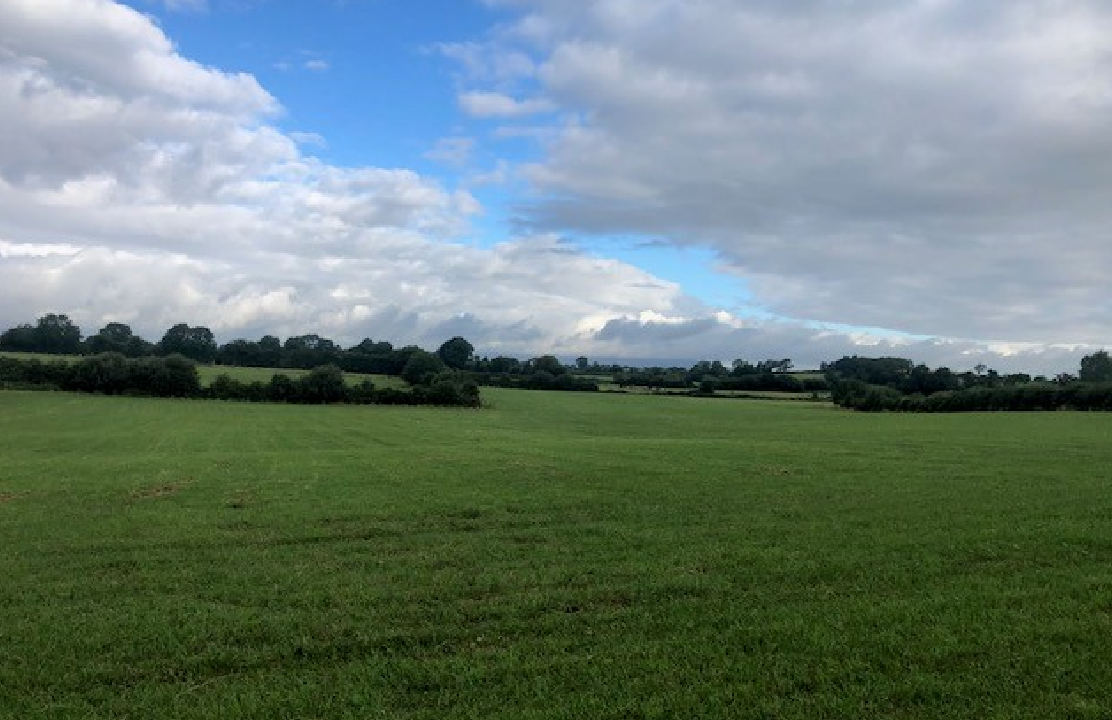Renewable biological resources could be converted into value-added biobased products such as fertilisers if bioeconomy opportunities are developed in Ireland, according to the Environmental Protection Agency (EPA).
In a new study published today (Wednesday, March 15) the EPA sets out why the circular bioeconomy could address major challenges such as climate change, sustainable food production and biodiversity loss.
According to the EPA, a circular bioeconomy could also help Ireland manage the current “crisis-to-crisis period we are living through” particularly in relation to securing products that Ireland currently imports, “often unsustainably and at a high cost” such as fertilisers.
In its Circular Bioeconomy Outlook Study 2030-2050, the EPA outlines that a “strong indigenous agri-food sector, vast marine space and forestry potential” means Ireland has great potential to exploit the opportunities presented by the circular bioeconomy.
The study details that as the global population grows, so to does the demand for food production.
“Increasing agricultural productivity is a priority, but the resulting increased need for fertilisers, particularly synthetic fertilisers, poses environmental risks.
“The use of biobased fertilisers reduces waste, improves nutrient recycling and contributes to the circular economy,” the EPA highlighted.
It said innovative European research projects were currently exploring the use of biowaste to produce sustainable and innovative fertiliser products and nutrient recovery from biobased waste for fertiliser production.
The EPA study also looked at “key feedstocks” for the Irish bioeconomy and identified the potential contribution from the agri-food sector.

“From a bioresource perspective, agricultural biomass can be divided into three categories: agricultural side streams, dedicated crops and meat co-products,” the EPA detailed.
It also noted in the study that out of the estimated total 4.9ha of agricultural land used in Ireland, almost 4.1 million was used for grassland and that the government’s Food Vision 2030 Strategy contained a “goal” to embed the agri-food sector in the circular, regenerative bioeconomy.
According to the EPA the government should develop a new national bioeconomy strategy that sets out a “path to a sustainable circular bioeconomy” for Ireland.
“There needs to be stronger recognition at all governance levels of the potential of Ireland’s bioeconomy.
“The level of commitment in terms of both resources and capital investment needs to be bolstered to match that of other countries already active in the area,” the agency highlighted.
It has also proposed that a number of “deep demonstration projects” should established in Ireland – including farms, forests, biorefineries, ecosystem restoration, pilot-scale facilities – to show the bioeconomy in action in Ireland.
